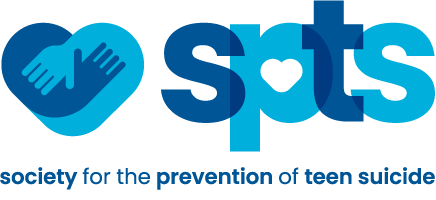 Students at risk for suicide are an unfortunate reality in every school at every grade level. While classroom curriculums can certainly encourage students to be alert to personal signs of suicide risk and reinforce strategies for help-seeking, effective suicide prevention in a school must begin at the top – with understanding, support and commitment from the elected officials on the Board. A Board’s concern is not just articulated but clearly reflected in both its priorities and the steps it takes in policies and procedures to insure the well-being of students and faculty alike.
Students at risk for suicide are an unfortunate reality in every school at every grade level. While classroom curriculums can certainly encourage students to be alert to personal signs of suicide risk and reinforce strategies for help-seeking, effective suicide prevention in a school must begin at the top – with understanding, support and commitment from the elected officials on the Board. A Board’s concern is not just articulated but clearly reflected in both its priorities and the steps it takes in policies and procedures to insure the well-being of students and faculty alike.
How can you, as a Board Member, assess your district’s competence and readiness to deal with an ever-increasing population of students at risk for suicidal behaviors? Here are a few suggestions to get you started:
Check out your policies and procedures
- How comprehensive are they- do they cover the range of suicide risk from ideation to attempts and completions?
- When were they revised? Do they incorporate current evidence-based standards of school suicide prevention?
- When was the last time one of the district schools used the policy? Was there a formal evaluation of its effectiveness?
- How often are local mental health referral resources reviewed? How effective is their collaboration with the district on at-risk students?
- How up-to-date is your parental notification policy?
- Do you have specific procedures for using web-based resources for parental notification in the event of a sudden, traumatic death in the school?
- Are there specific guidelines for interactions with the media? Do they incorporate Centers for Disease Control recommendations for suicide reporting?
Review suicide awareness training for faculty and staff
- Is the training compliant with the two hour legislative mandate?
- Who provides the training? Is it based on ‘best practices’ or evidence based standards?
- Is training available for ancillary staff- administrative staff, cafeteria and maintenance workers?
- Is any type of training provided for bus drivers? Remember, they observe students in an informal setting and are often one of the best sources of information about student behavior
Finally, do your homework.
Review the data in your district. Find out how many suicide attempts have been reported over the last 3 to 5 years. Has there been a change over time? What is the profile of students who have made attempts? Are you noticing more attempts in younger students?
See what information this data gives you about your population of at-risk students. Familiarize yourself with current information about youth suicide risk. Check out recommended web-sites and stay on top of how this information relates to your schools and students.

